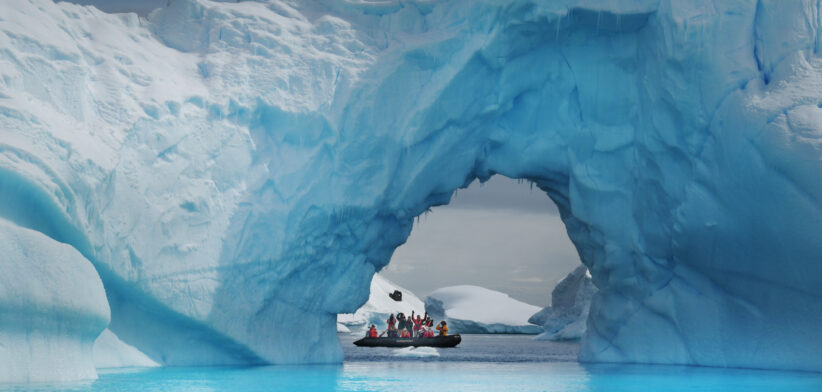Carbon dioxide levels in the atmosphere are rising 10 times faster than at any other point in the past 50,000 years.
Researchers at Oregon State University’s College of Earth, Ocean, and Atmospheric Sciences made the finding based on a detailed chemical analysis of Antarctic ice.
Carbon dioxide, or CO2, occurs naturally in the atmosphere. It has been found to contribute to warming of the climate due to the “greenhouse effect”.
The Oregon researchers said that, in the past, the levels had fluctuated due to ice age cycles and other natural causes. Today they were believed to be rising because of human emissions.
“Studying the past teaches us how today is different,” study leader author Assistant Professor Kathleen Wendt said.
“The rate of CO2 change today really is unprecedented. Our research identified the fastest rates of past natural CO2 rise ever observed, and the rate occurring today, largely driven by human emissions, is 10 times higher.”
The findings were published in the latest Proceedings of the National Academy of Sciences journal.
The study report said that previous research showed that during the last ice age, which ended about 10,000 years ago, there were several periods where carbon dioxide levels appeared to jump much higher than the average.
“You probably wouldn’t expect to see that in the dead of the last ice age,” Dr Wendt said. “But our interest was piqued, and we wanted to go back to those periods and conduct measurements at greater detail to find out what was happening.”
The research identified patterns of jumps in carbon dioxide aligned with “Heinrich Events” or abrupt climate shifts around the world.
They were believed to be caused by a dramatic collapse of the North American ice sheet that set in motion a chain reaction of other weather and climate impacts.
“During the largest of the natural rises, carbon dioxide increased by about 14 parts per million in 55 years,” the research report said. “And the jumps occurred about once every 7000 years or so. At today’s rates, that magnitude of increase takes only 5 to 6 years.”
The full report is on the Oregon State University website.








